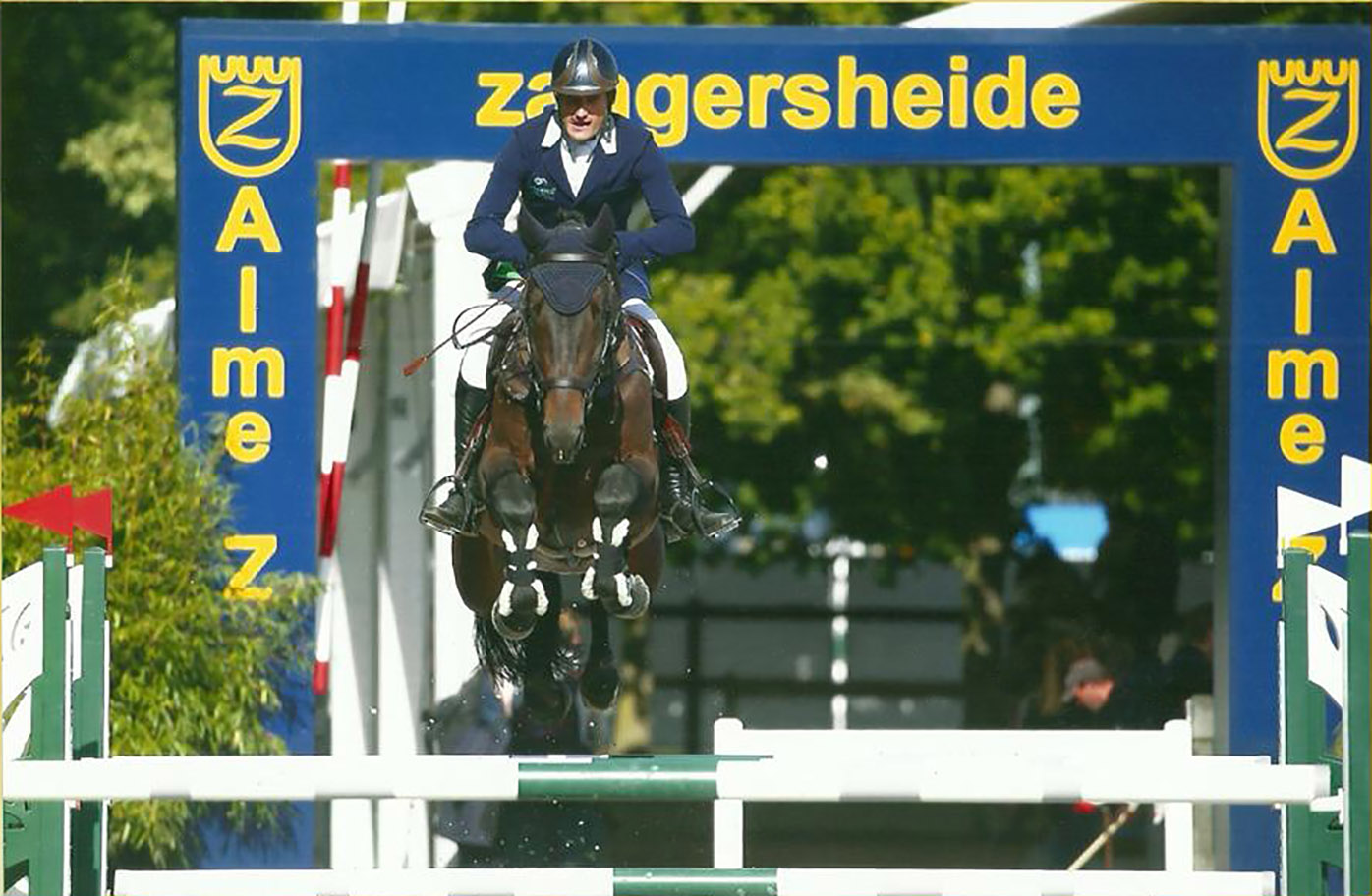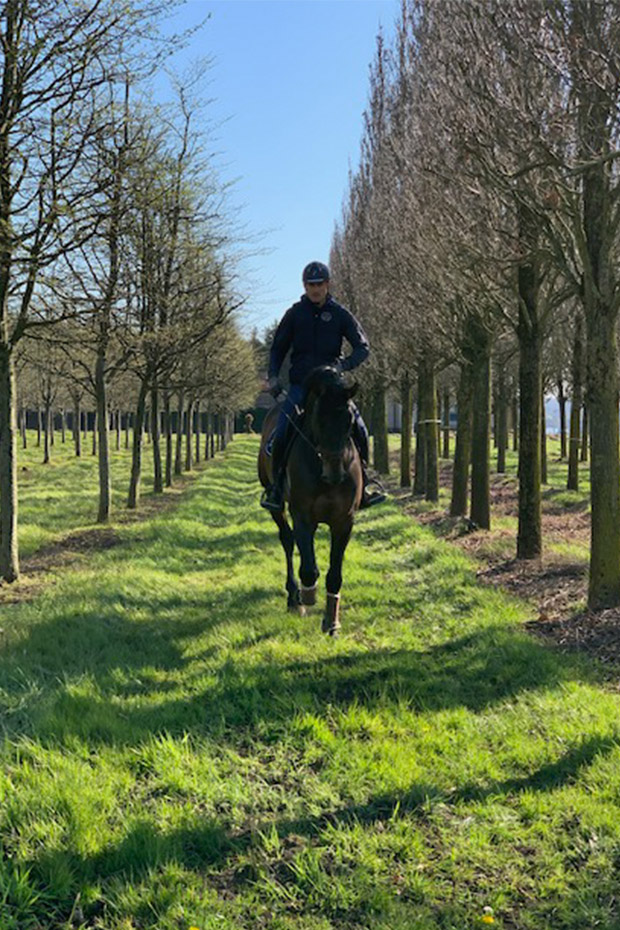Nick Verlies, An International Show Jumper Gives Insight
In an open letter to LA POLO, an international show jumper from Belgium shares his routine and gives out handy tips.

The vast and swift spread of the Covid-19 outbreak has impacted us all, and is a threat to our pets too in many ways. It is essential that the basic hygiene and social distancing norms that we follow, may be observed with our pets too. LA POLO connected with international show jumper from Belgium, Nick Verlies, who in an open letter shared with us how he is taking care of the horses amid the frequent shutdowns and change in work routines. He writes:
“In Belgium, we are still allowed to train at home and go for walks. The biggest obstacles for the moment are to not to over-train your horses, to not lose your motivation and to keep your horses’ mental health high. So, I try to focus on flat work, certainly for the older horses. Keep in mind that a good flexible, well-schooled horse is the base for every good jumping routine. This is THE moment to work on your technique. During these technique-trainings, I focus on half-turns, straightening the horse, travers, renvers, shoulder control, and so on.
Actually, it really depends on your horse. If you don't know them, find out right now: Ask your trainer, send him/her videos or watch videos of yourself during competition/training. For example, sometimes I ride without stirrups to improve my posture. Once you know where to work on, find exercises online or with your trainer that will help you improve these critical points. Also try to variate, in exercises and environment (fields vs forests), so your horse doesn’t get bored of doing the same thing over and over again, because this will have a negative effect on the progress.
If you can’t ride anymore, keep your horses moving on a low level: increase field time, add extra walks by hand, treadmill, aqua-trainer. Lounging the horse at a quiet pace to keep up the stamina is a good idea, but do not over-train.

I continue with my normal grooming routine. After work, I always focus on a good cooling down and cool the legs with water or use clay. It’s important not to forget these last crucial steps to prevent injuries. My stable team and I try to work as much as possible in different places and shifts and everybody has his/her own personal equipment.
Personally, I try to give extra focus to my own mental health; because of the lack of competition, it is easy to lose focus. I set myself small goals to work on, and celebrate every win and immediately set myself a new goal.
I also try to spend that extra bit of time with family, because normally during competition, I often have to miss important moments.
I also challenge myself by doing some extra cardio training: cycling and running. Not only my mental health gets extra attention, my horses too get that, with new challenges and experiences. For example, stable enrichment (like toys, stuffed animals) or make them work for their food (ice cubes with apple or carrot pieces inside), and so on.”

